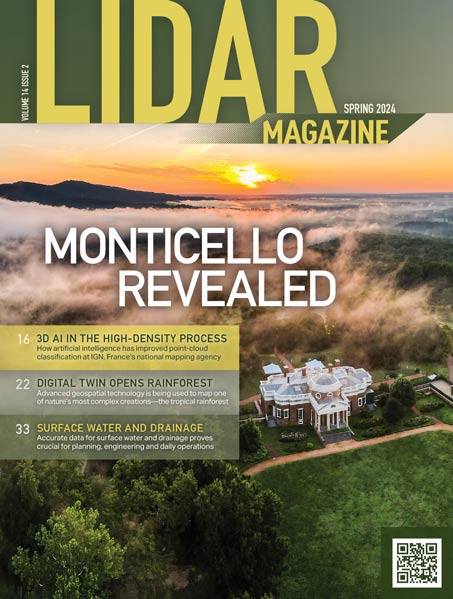Vancouver, B.C., Canada, 14 June 2010 Eagle Mapping Ltd., a pioneer in the worldwide digital mapping industry, is upgrading its aerial data acquisition capabilities with the purchase of a Riegl VQ-480 LiDAR system and a DiMAC Ultralight medium-format camera. Eagle Mapping will combine the LiDAR and digital camera with a forward-looking video system to create a fully integrated airborne solution, primarily to map corridors and other linear features.
Established in 1985 to provide mapping services in support of global mining activities, Eagle Mapping is a full-service provider of topographic mapping, orthophotography, and fly-through 3D visualization. Among the first to offer LiDAR processing solutions, the Vancouver firm now serves public and private sector organizations that require mapping of utility corridors, coastal zones, watersheds, forests, geomorphology, and urban areas.
Integration of the Riegl LiDAR, DiMAC camera and airborne video will enable us to offer a unique and cost-effective solution for mapping power transmission line corridors, pipeline rights- of-way, highways, coastlines, rivers and streams, said Rodney Cope, Eagle Mapping Vice President of Sales & Marketing.
By integrating the three data acquisition systems, Eagle Mapping will be able to collect elevation data and imagery simultaneously during a single flight, resulting in a more accurate and cost-effective mapping solution. These data sets will be used to generate a variety of high-resolution orthorectified mapping products. All processing is performed at the Eagle Mapping headquarters in Vancouver, B.C.
Fusion of diverse remote sensing data sets into high-quality map products has been the Eagle Mapping trademark for 25 years, said Eagle Mapping President Lloyd Hume. Simultaneous collection of three data sets by one aircraft significantly reduces the cost of corridor mapping.
The Riegl VQ-480 LiDAR is designed for high-density scanning in a narrow field of view during low-altitude flight. Ideal for mapping corridors and rights-of-way, the new airborne laser scanner has a laser pulse repetition rate of 300,000 pulses per second making it capable of recording practically unlimited returns in order to capture bare-Earth digital elevation models in vegetative areas. It can also acquire complete elevation details for tall vertical features such as transmission line towers.
The DiMAC Ultralight camera is an excellent complement to the VQ-480. The medium-format camera is designed for operation at relatively low altitude and collection of high-resolution imagery. The light-weight, compact camera operates in either a fixed-wing turboprop aircraft or helicopter.
Eagle Mapping took delivery of the new LiDAR in March 2010 and expects to receive the DiMAC camera in mid-summer. The firm plans to incorporate the LiDAR, digital camera and video, along with a NovAtel inertial measurement unit (IMU) into a portable module that can be shipped anywhere in the world for fast installation into a leased fixed-wing aircraft or helicopter. Each of the mapping systems components is exportable to any nation without restrictions.
We will be ready to roll out our new corridor mapping service to utilities, energy companies and pipeline operators by late summer 2010, said James Hume, Eagle Mapping, VP of Operations.
